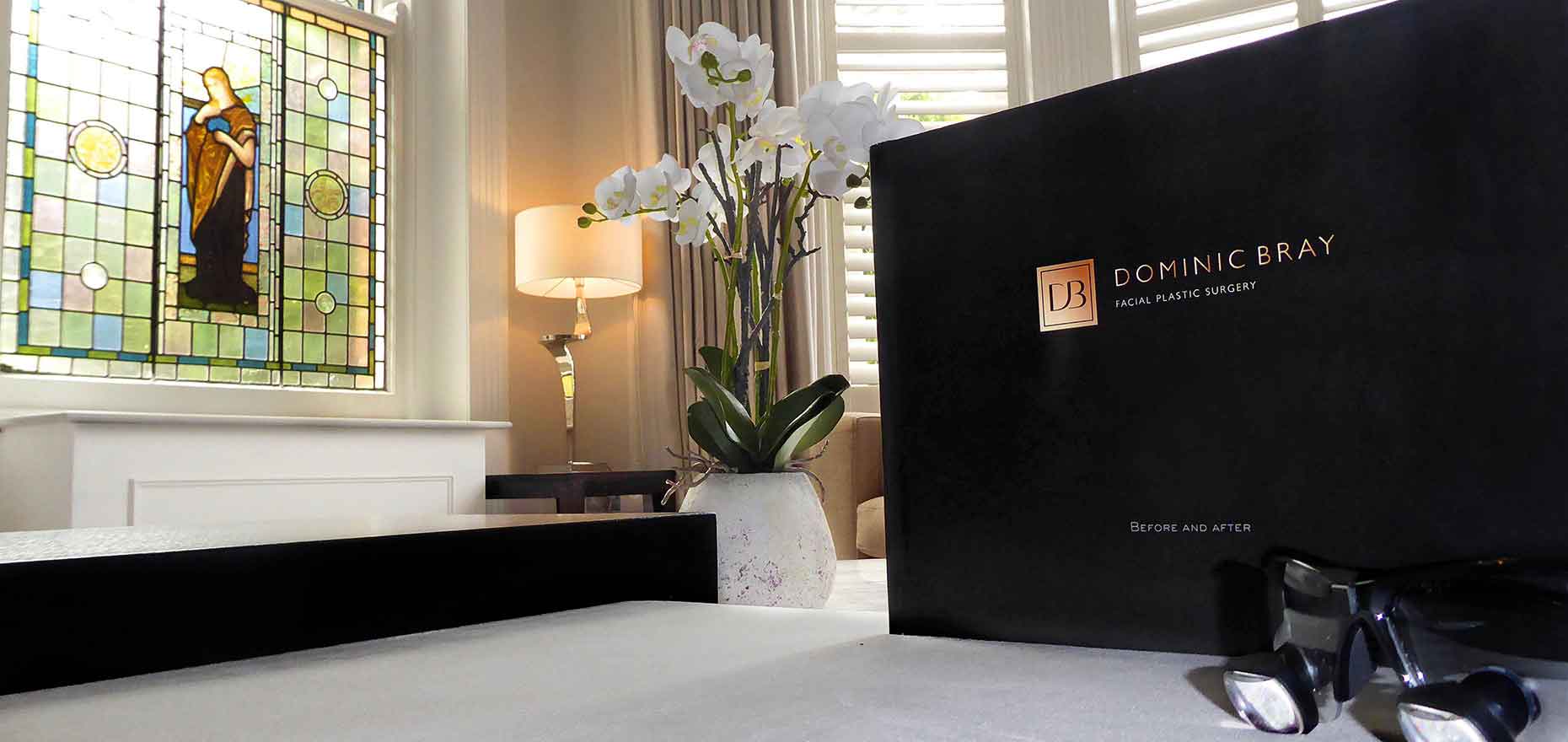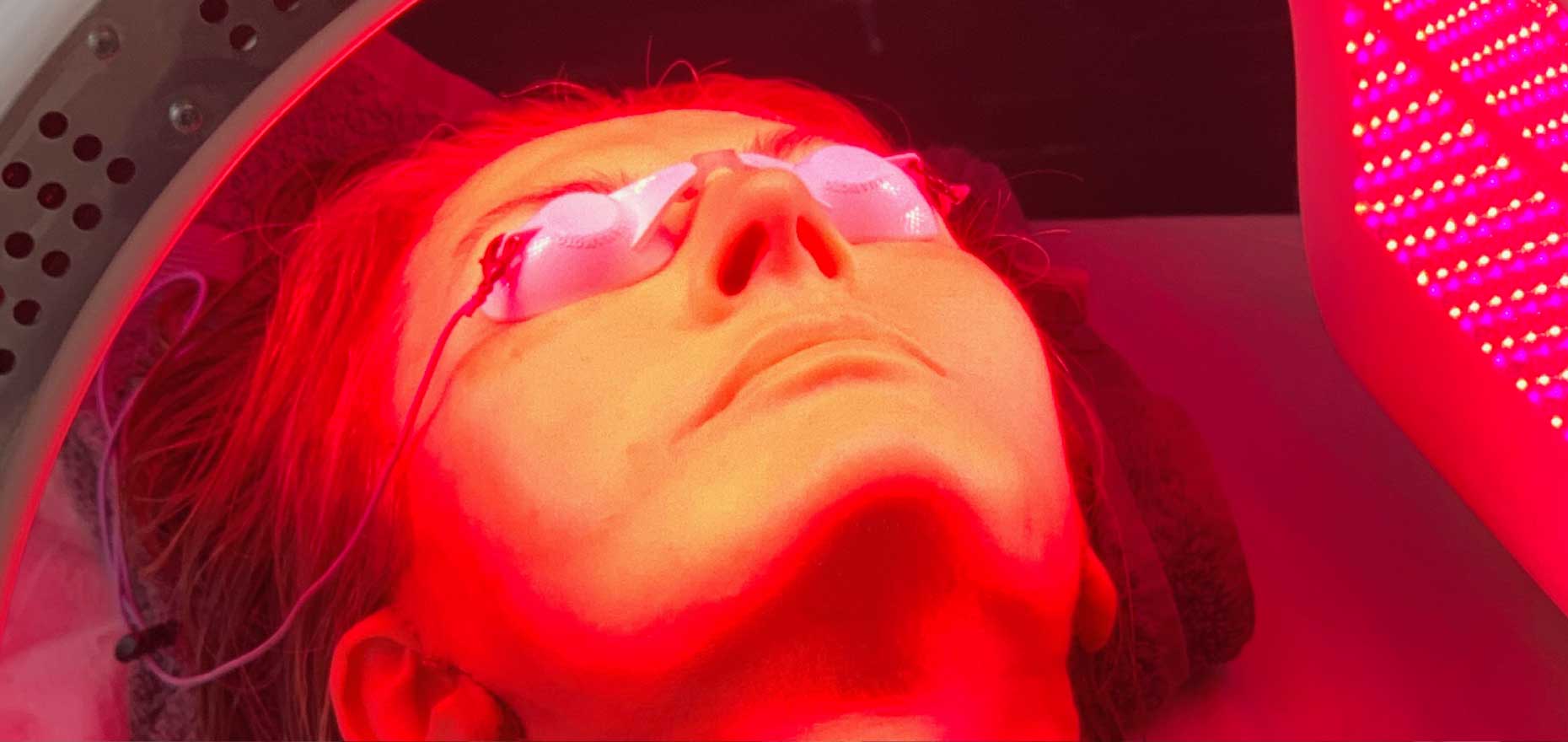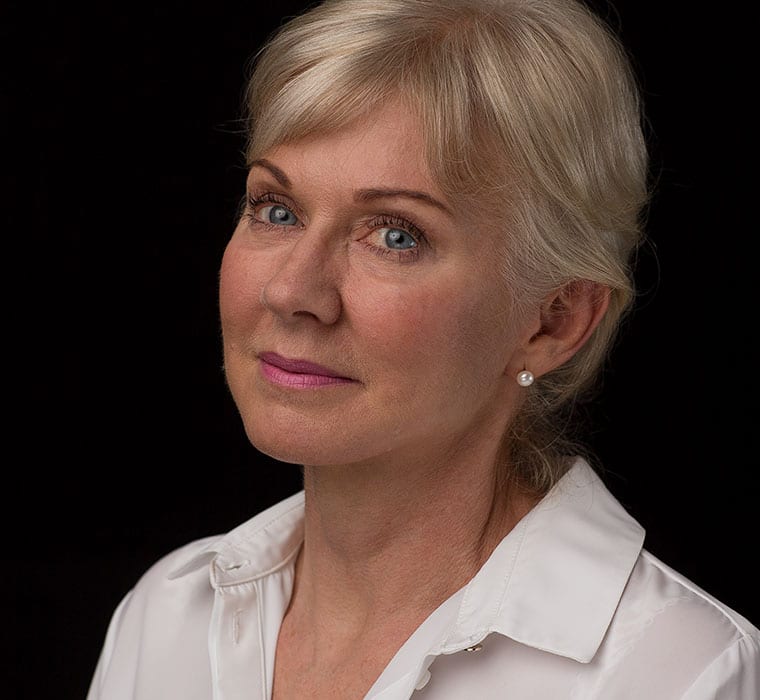
Eyelid Surgery – Blepharoplasty
At a glance
Indications
Hooded eyelids, Eye bags, crepey eyelids skin
Anaesthesia
Local anaesthetic
Technique
Upper: Fat sparing upper blepharoplasty. Lower: Transconjunctival lower blepharoplasty
Overnight Stay
Daycase
Removal of Stitches
3-5 days
Return to work
2 weeks
Normal exercise
4 weeks
Healed result
12 weeks

Consultation
The initial consultation for anyone wanting eyelid surgery in London, or from further afield, presents an opportunity for you to talk and me to listen. I like to understand what has led to someone seeking advice on improving their appearance with blepharoplasty treatments. Sometimes it is functional, such as difficulty in applying eye make up or peripheral visual vision field restriction, other times it is a purely cosmetic. There is no doubt that for most of us, when we look our best, we have renewed confidence and energy about every aspect of our lives.
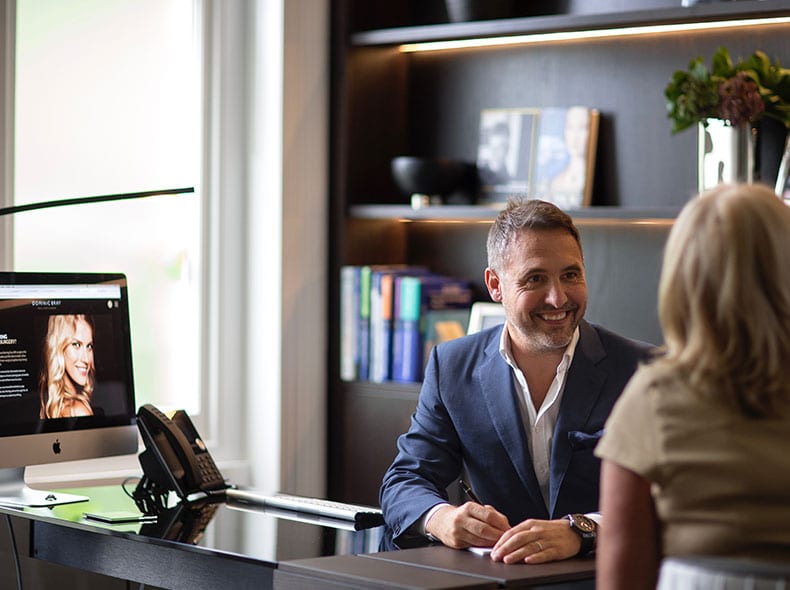
Upper Eyelids
In assessing the eyes for an eyelid surgery operation or blepharoplasty, I look at them as part of the face as a whole. Occasionally the hooded appearance of the upper eyes has nothing to do with the eyelids themselves but more to do with descent of the brow. The upper eyelid skin descends with this, and by simply correcting the brow position the open eyes of youth are restored. In people with true eyelid hooding (Blepharoptosis), it is a combination of several factors.
The eyeball floats in a protective cushion of fat, as we age this bulges through its capsule giving rise to puffiness. You can experience this yourself by gently pressing on the eyeball of a closed eye and seeing the bulge by the bridge of the nose. Overtime, this bulging fat, along with thinning of the very delicate skin, stretches the skin giving rise to a hooded eyelid. Both of these are very simple to correct under local anaesthetic alone.
Lower Eyelids
The appearance of ageing lower eyelids is slightly different from the upper eyelids. The protective cushion and capsule is supported in the young elastic face by the midfacial tissues.
As these descend with age they cause hollowing under the eyes known as tear troughs. Stretching of the capsule allows fat to bulge above the tear trough making it look deeper and giving rise to eye bags. There are several ways of correcting this phenomenon ranging from removal of a small amount of this to repositioning it back over the bone in the correct place. Excess skin, if still present can be removed or more commonly in my practice, tightened with Laser resurfacing or both.

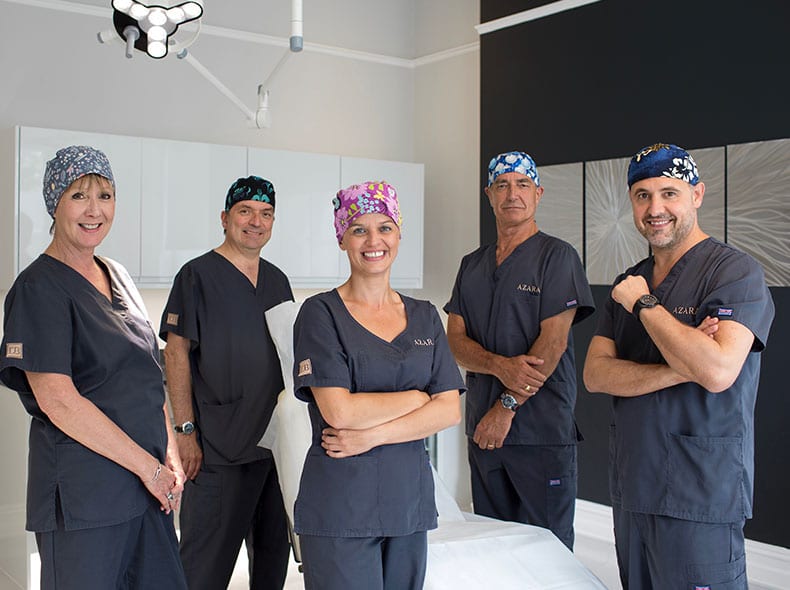
Techniques
An Eyelid surgeon’s techniques vary and depend upon what is being treated. Put simply the aim is to remove or reposition fat excess, remove and/or tighten skin laxity and replace volume where lost.
Upper Blepharoplasty
This type of blepharoplasty is a very simple procedure that involves removing a small ellipse of skin (and thin sliver of muscle) in the upper eyelid crease. Through this I can access the bulging pads and reduce their size or reposition fat if necessary.
The skin is then stitched together with extremely fine sutures. This incision heals beautifully and very quickly.
Lower Blepharoplasty
There are different approaches to a lower eyelid blepharoplasty. Historically a small incision was made under the lash line and out into a crows feet wrinkle (subciliary incision). The muscle and capsule is opened and some fat is removed before excess eye bag skin is trimmed and stitched together.
I rarely perform this blepharoplasty procedure as it has an external incision, the fat capsule has to be breached and as the scar heals it can pull down the eyelid rim changing the eye shape (Ectropion). My preferred approach is called a transconjunctival blepharoplasty. This uses a surgical incision behind the lower eyelid in the conjunctiva.
From here I can access the lower orbital fat to either remove a little or more commonly reposition it over the tear trough. The eyelid skin then usually shrink-wraps over the new flat surface but this process may be assisted with Laser resurfacing and/or fat transfer. Very occasionally, I need to make a small pinch excision of the skin. As this pinch skin excision does not breach the muscle or capsule the eye shape problems of old are less likely to be an issue.

Procedure
Surgery on eyelids – blepharoplasty – is performed as a day case. On the day of surgery patients check into Azara, our care quality commission registered independent hospital. Once in a gown and consent is confirmed, they are escorted to our surgical suite by our nurses.
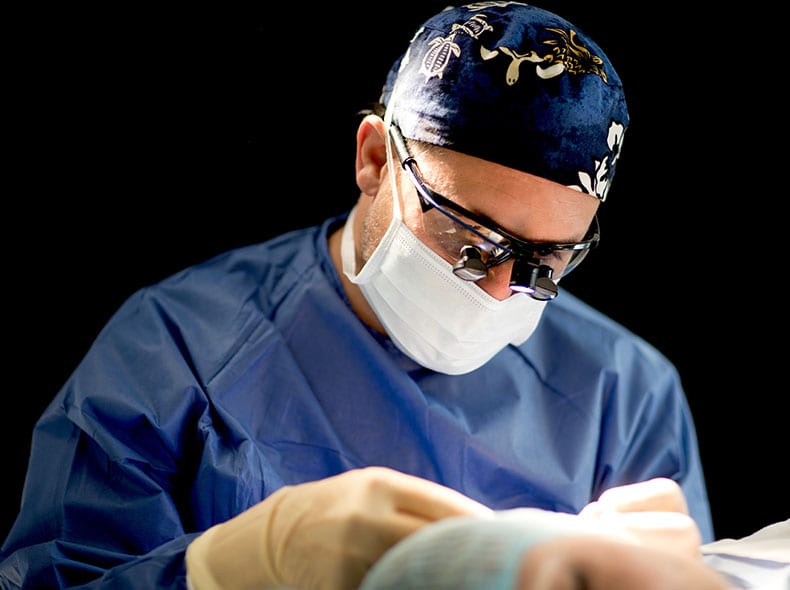
Upper Blepharoplasty
After meticulously measuring and marking the eyelid incisions, a tiny volume of local anaesthetic with adrenaline is then injected into the skin and milked under the eyelid skin which performs most of the surgery before I have made an incision!
This experience is completely painless as the skin is pre-numbed with jelly. I then remove the thin ellipse of skin and muscle sliver and locate and reduce the pads above the eye. The incision is then closed with a very fine running stitch which isn’t knotted but fixed with plasters at each end to give an near invisible scar. Antibiotic jelly is then applied.
Lower Blepharoplasty
After a relaxation tablet if desired, I put clear anaesthetic drops in the eye. These sting temporarily but work very very quickly. I then place a perfectly smooth contact lens over the eyeball and inject a small amount of local anaesthetic with adrenaline into the numbed conjunctiva behind the eyelids. This is a completely painless experience iwthout any impairment of vision.
A 1 cm incision is made with an electrocautery needle (a hot needle that cuts and coagulates at the same time) so that there is no bleeding. A little pressure on the eyeball delivers the fat which I then reposition or remove depending on what is necessary. The small incision then heals itself within a few days without any stitches. If the skin needs addressing this is performed at the same time.

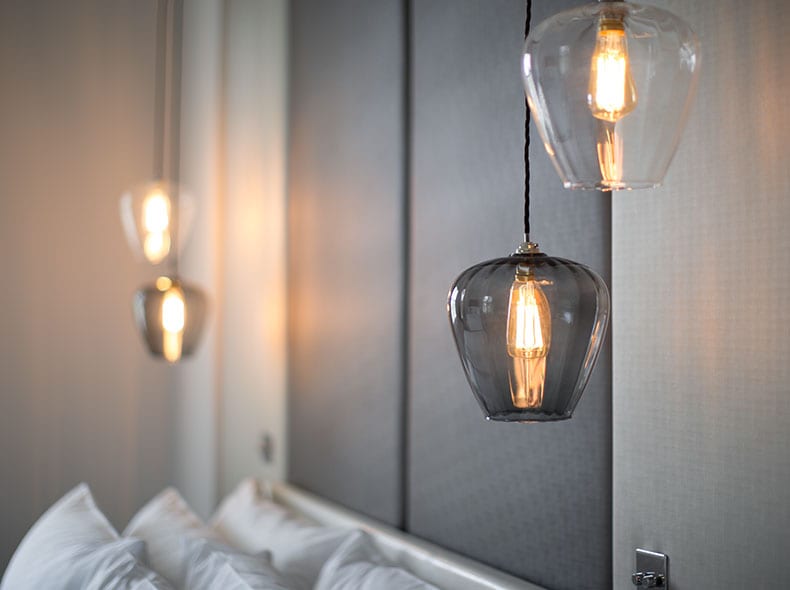
Recovery
My patients literally walk out of the operating theatre after a blepharoplasty and into the recovery room, and are back home (if local) or at the hotel within an hour accompanied by a family member or friend. It is quite normal to have some bruising and swelling.
Soothing cold packs take the post operation swelling down and ointment is given to place on the incisions. Occasionally I also give antibiotic and lubricating eyedrops for the first few days as the eyes can feel gritty. Sleeping propped up on pillows and ice packs help take down the swelling. The upper eyelid stitches are usually taken out at 5 days when makeup can then be applied and non physical work resumed. Contact lenses should be avoided for 2 weeks after the operation.

Aftercare
Very little specific aftercare is required following your experience of eyelid surgery. Normal care of wounds treatment, management of swelling and avoidance of exercise and bright sunshine suffice.
My team and I are in contact daily to make sure you feel supported and confident throughout your recoveries.
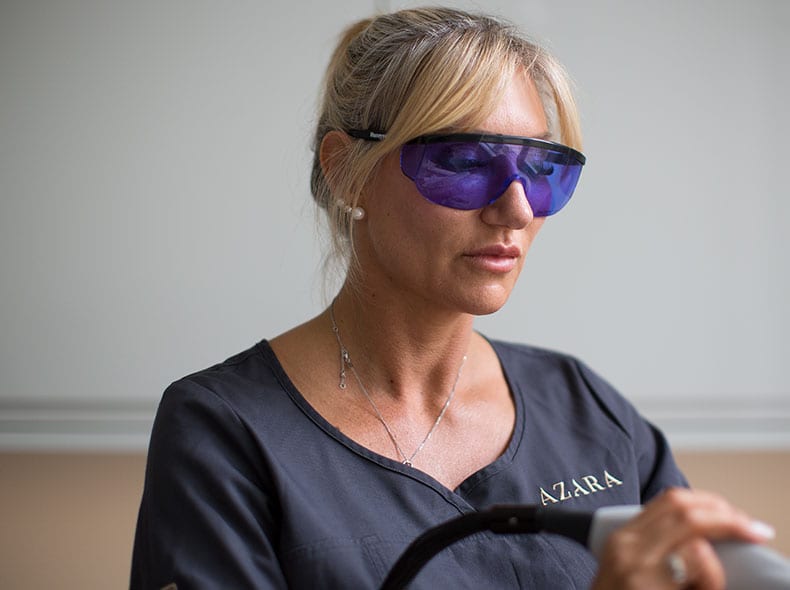

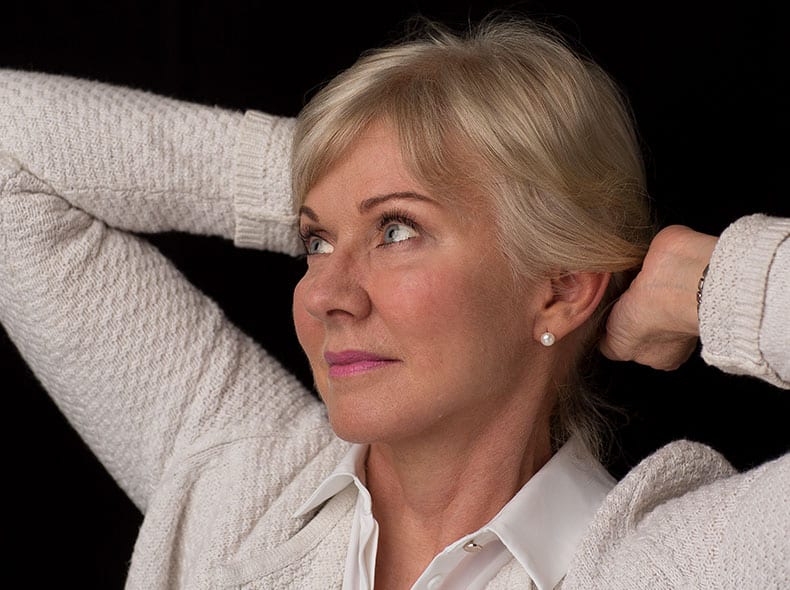
Longevity
The rejuvenating changes after seeing an eyelid surgeon are permanent but the eyes do continue to age over time as further skin is made and the volumetric facial changes of ageing progress.
Upper eyelids blepharoplasty: sometimes need further surgery 8-10 years down the line.
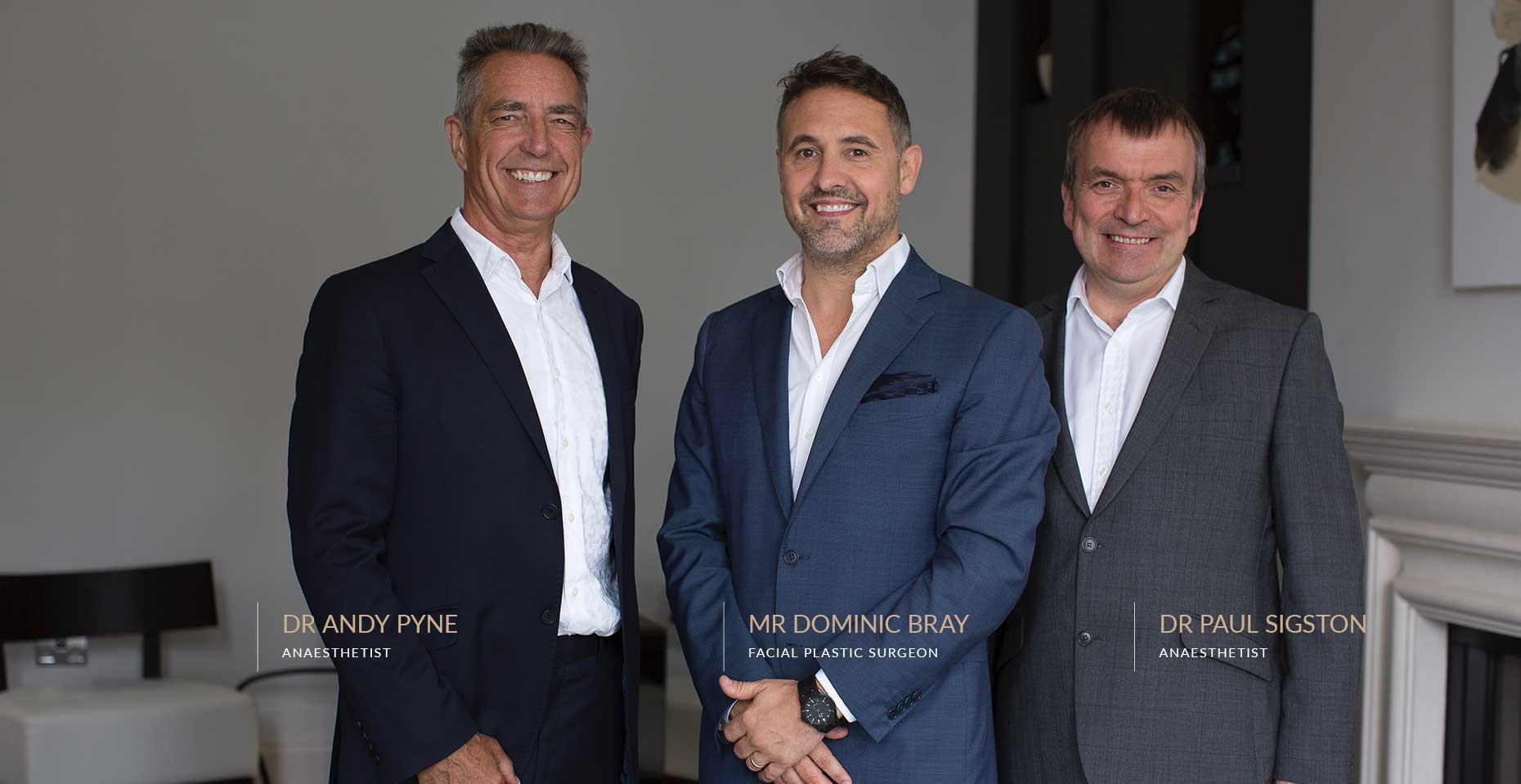

Risks and Complications
No operation is without risk, these risks are however minimised by careful patient selection, adherence to preoperative guidance and conscientious post operative care.
The more common complications below are listed and the list is not meant to be exhaustive.

Bleeding
Where tissues are dissected there can be bleeding from small capillaries that create an expanding blood clot (haematoma) this is an emergency and needs urgent treatment. Some early weeping of anaesthetic fluid from the eyelid incision is common.
Poor scarring
All incisions create wounds which heal to a very fine and barely visible scar in almost all patients particularly in surgery treatments on eyelids. Some have a predisposition to poorer scarring which can be Raised (hypertrophic),Wider (keloid) or White (hypopigmented).
Infection
I prescribe prophylactic antibiotic ointment for incisions to keep them clean, but true infection is very rare.
Lower Eyelid rounding
More common in techniques that I don’t use, all lower surgery for eyelids carries a risk of lower eyelid shape change called ectropion. This might require further surgery.
Wound dehiscence
I prefer to remove the fine stitches from eyelids early to promote invisible scarring. It is easy to forget you have incisions and rubbing the eyes might cause the wound to separate. This heals well with steristrips.
Dry eyes and cornea exposure
If the eyes are over treated or their is unexpected scar contracture, the eyes might water more and feel dry requiring lubricant drops until resolved.
Undercorrection
To avoid the above I am by definition conservative as an eyelid surgeon. It is always safer to take more skin in a revision than take too much the first time. The result of safety means there is a small risk of under correction. In my audited figures that risk is 1%.
